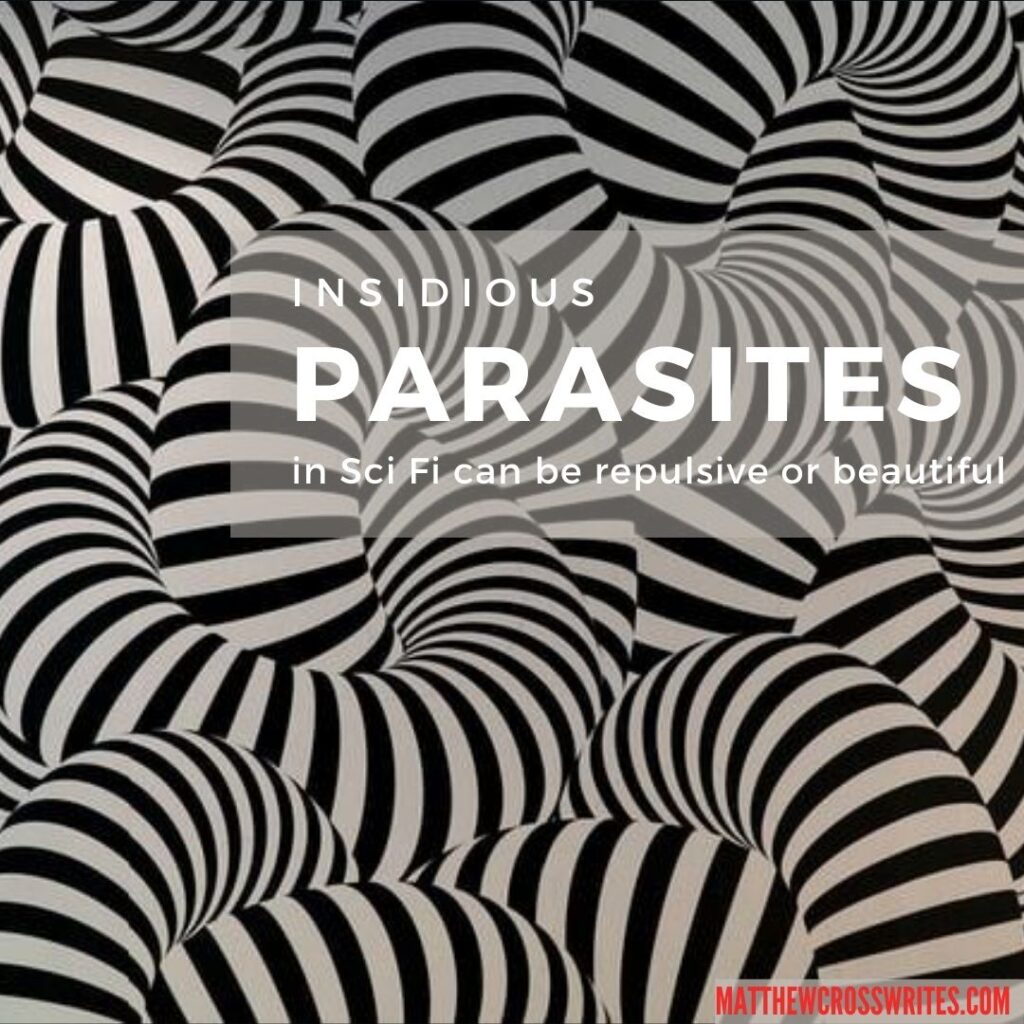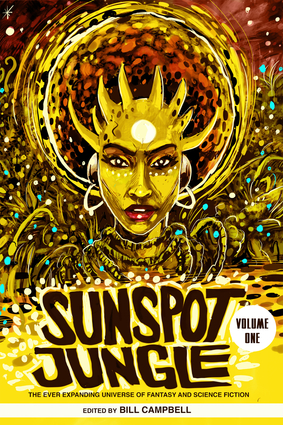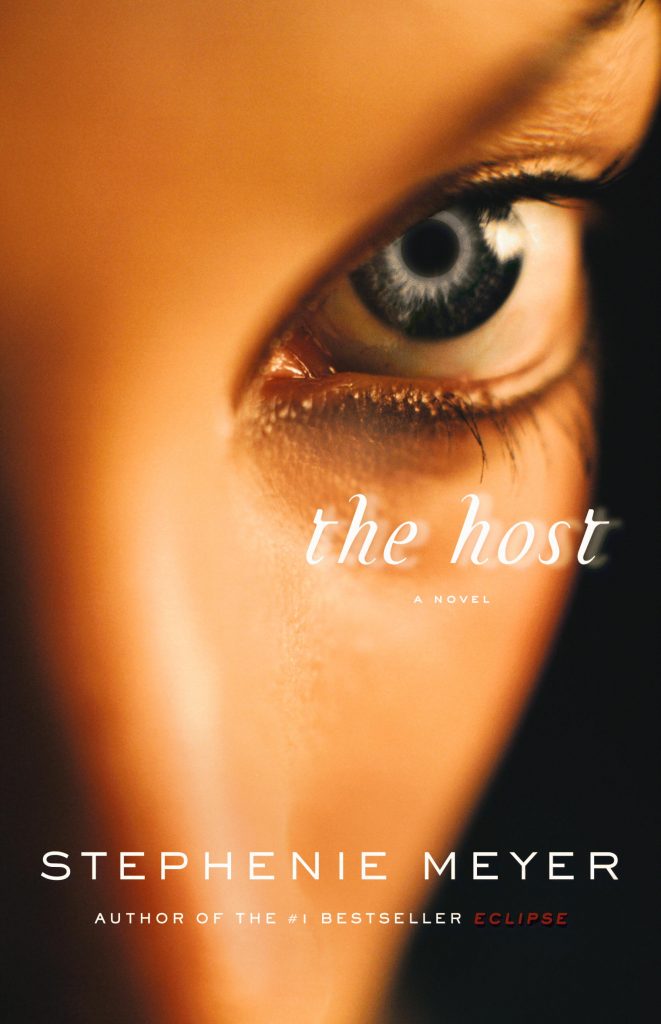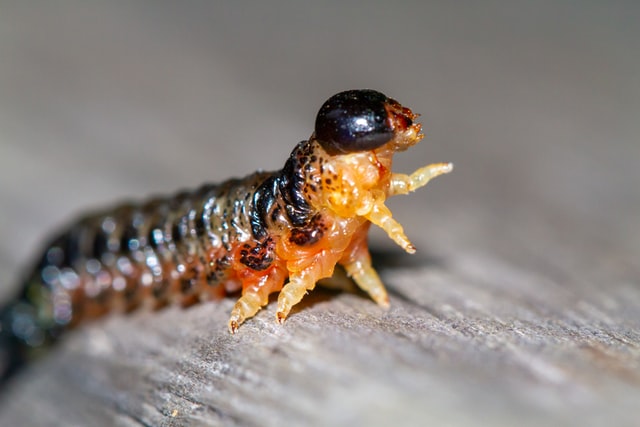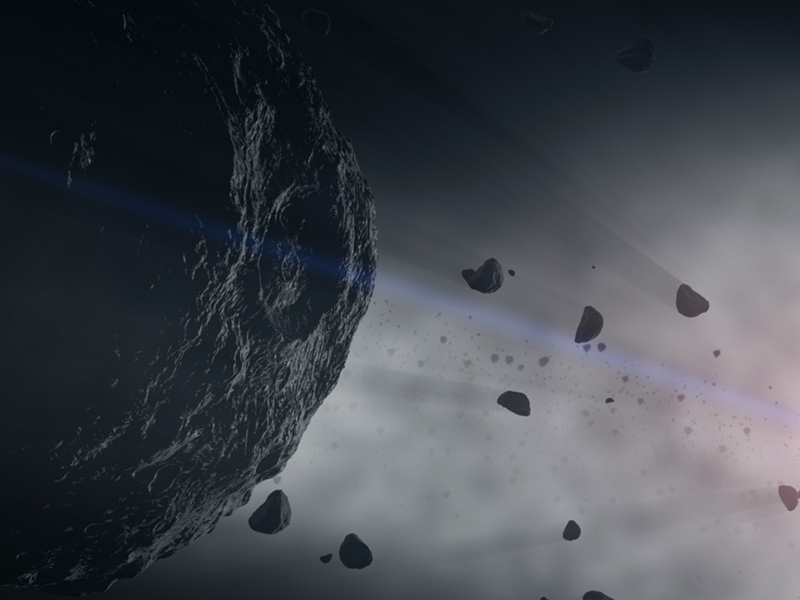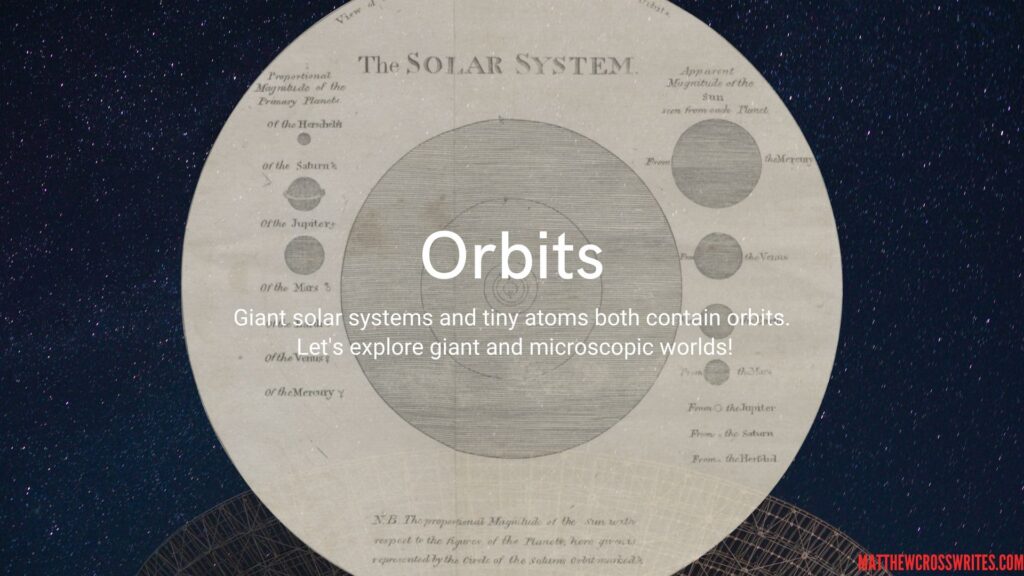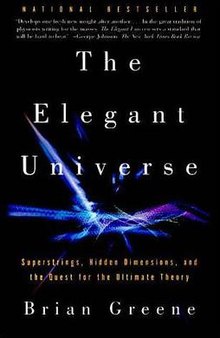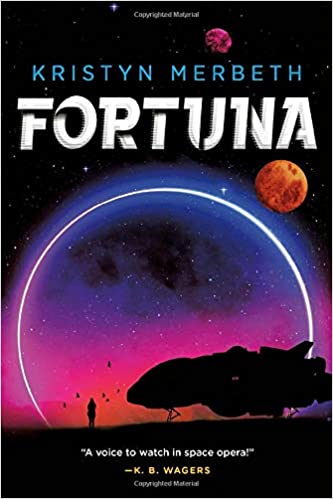Here I reveal some behind-the-scenes secrets of the September Contest story “Hello, Universe!”
But first, the October Contest has just begun. The deadline is October 15, 2020, so you have plenty of time to read the story and write your own ending in 500 words or less. It’s lots of fun and if you enter, you may win a prize!

You can also read contest rules here.
First Secret–How I came up with ideas and scenes
1) The Story Origin–I wrote the beginning of the September Contest story “Hello, Universe!” in early August, when my Sci Fi blog and my website were barely a month old. By that time, I had already decided to start a story contest where I write the beginning of the story and the contestants finish the story in 500 words or less. I also had in mind a concept for the first story–a concept still unfinished today–when this one came to me.
Sitting at the kitchen table, I listened to Beatles music wafting from the smart speaker in the living room. I love the Beatles, but I don’t know all their songs. A song I don’t know very well, “Across the Universe,” began to play. If you have read the story, then you know this song is featured in my story beginning and in the contest-winning ending. (If you have not read it, then read it now. It’s fun! And besides, this post has spoilers!)
I looked out the bay window to my deck and the yard beyond. The song and the smart speaker made it into the story. The deck, the blue Adirondack chair on the deck, and the suburban location of our house also all made it into the story. When the story opens, Jess, our hero, sits in a child’s Adirondack chair to watch stars from his back deck.
Second Secret–How I combined ideas to create a story concept
2) Bringing the Elements Together–Long, long ago, I read that good stories are often the combination of two unrelated ideas, facts, or concepts that the writer blends together to create something new. Since then, I have made it a writing strategy to combine two or more unrelated concepts to create an original story idea.
Here, I began daydreaming with these lyrics:
Words are flowing out like
Endless rain into a paper cup
They slither wildly as they slip away across the universe
That got me thinking about sending messages across space. And the dreamy quality of the music helped put me in (and keep me in) a Sci Fi space-themed mood, too! (I’m humming it right now.) I dreamed up Jess sending messages into the night sky using a flashlight, but I had to figure out why he was doing it. Who was he trying to reach?
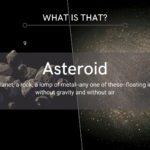
It occurred to me that the beams of light shooting into space could last forever, traveling at the speed of light in the vacuum of space, unless they hit something like a star, a planet, or rocks or dust in space. (Read more about asteroids here.) By then, my mind was really racing! So many possibilities!
That’s when I hit on the idea that Jess was not trying to reach anyone. He was simply trying to leave a mark on the universe that time could not erase. That idea really wowed me. To think that Jess, or any of us, could create something that would outlive the Great Pyramids, Shakespeare’s masterworks, and even the Solar System itself–well, it was one of those mind-shifting ideas that we find in Science Fiction. One reason I love Sci Fi so much!

So, to me, “Hello, Universe!” is a combination of the lyrics of the Beatles’ song “Across the Universe,” human fear of mortality, and sending messages into space. And to my surprise and delight, it set up a fun story beginning that Frasier Armitage–the contest winner–so artfully completed.
You can read some of my thoughts on why Frasier’s entry shone above all the rest. (It’s stellar!)
Third Secret–How I found my story title
3) The Story Title–When I finished my first draft, I struggled to find a good title. I was toying with a couple of different names. I don’t even remember what the others were. They were that boring.
I wanted a title that did not limit the endings the contestants could write. For my contest, it’s important to write an open-ended story and an open-ended title. That focused my attention on the very beginning of the story, where Jess sends his first messages into the sky using just a penlight.
“Hello, _________,” I thought. Hello, what? Hello, Galaxy? No, that’s ridiculous!
Eventually, I landed on “Hello, Universe!” I probably got the word “universe” from “Across the Universe.” Or maybe because Jess was beaming his messages in every direction, it just made the most sense.
For a while, I thought of it as a working title. I thought it was funny and upbeat but kind of cheesy. And I was not sure that the title tone matched the tone of the story, which starts when Jess is thinking deeply about life and death. But then I decided to use the story for my first contest for a number of reasons:
a) It’s approachable and relatable to a wide audience, including adults and teens and maybe even people who don’t read Sci Fi.
b) It has a hard science core to it, but it allowed contestants to go in any direction they chose.
c) It was done.
I had been writing blog posts for 2-3 months before I even made my website public. Then I spent a month madly polishing them, adding images, and posting them. The website was public, but it still felt a bit like a harried dress rehearsal.
The launch of the Matthew Cross Flash Fiction Collaboration Contest at the end of August really felt like I was announcing myself to the world. And so the story title, which still felt a little cheesy, served as both Jess’s shout-out to the universe and my own greeting to all you great readers and supporters of my blog and website.
Hi
I am here
My name is Jess
And now, looking back, I’ve changed my mind about the title. When Jess sent his messages of light out among the stars, he really was saying, whether joyfully or desperately, “Hello, Universe!”
Please post your comments below.
Be stellar!
Matthew Cross



